What if dinosaurs weren’t all scaly, sunbaked beasts stomping through steaming jungles? What if some of them, tucked away in the ancient, snowy forests of Alaska, looked more like giant, bizarre birds—fluffy, shivering, and even a little bit adorable? It sounds like the plot of a children’s book, but it’s actually rooted in cutting-edge science. Recent discoveries are painting a picture of dinosaurs in the far north that’s nothing like the monsters we see in movies. These creatures braved months of darkness, freezing winds, and icy landscapes, all while sporting feathery coats that would make even a penguin jealous. The story of Alaska’s dinosaurs is one of resilience, warmth, and, unexpectedly, a touch of cuteness that rewrites everything we thought we knew about these ancient giants.
The Frozen World of Ancient Alaska
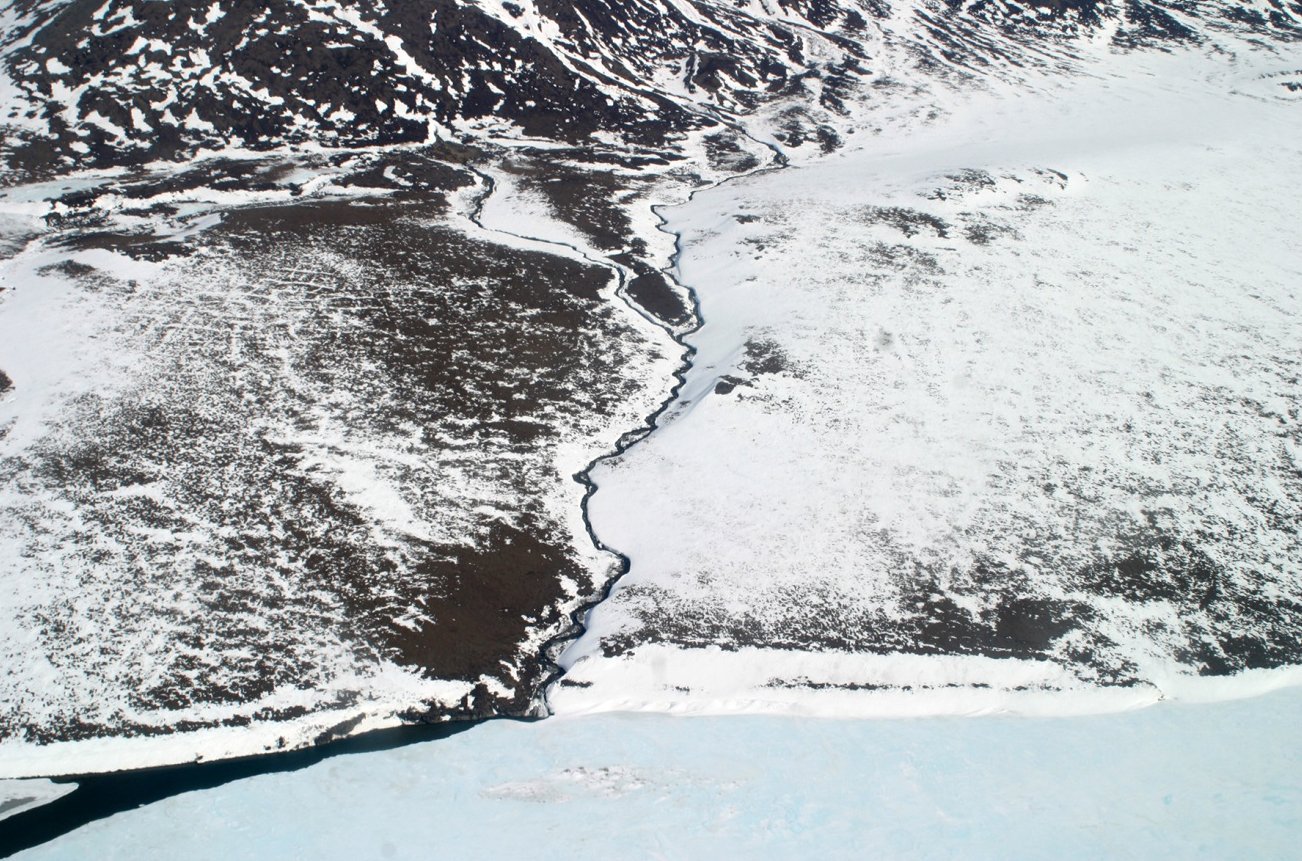
Picture Alaska not as we know it today, but as a mysterious land 70 million years ago, teetering on the edge of the Arctic Circle. Back then, the region was chilly and dark for months on end, with snow and frost blanketing the ground. This was no tropical paradise. Temperatures plunged below freezing, and sunlight was scarce in the long winter nights. Yet, against all odds, dinosaurs thrived here, adapting to an environment that would have sent most reptiles running—or waddling—south. It’s mind-boggling to think about: giant reptiles living in a place where ice and snow ruled the landscape.
Why Did Dinosaurs Live in Such a Cold Place?
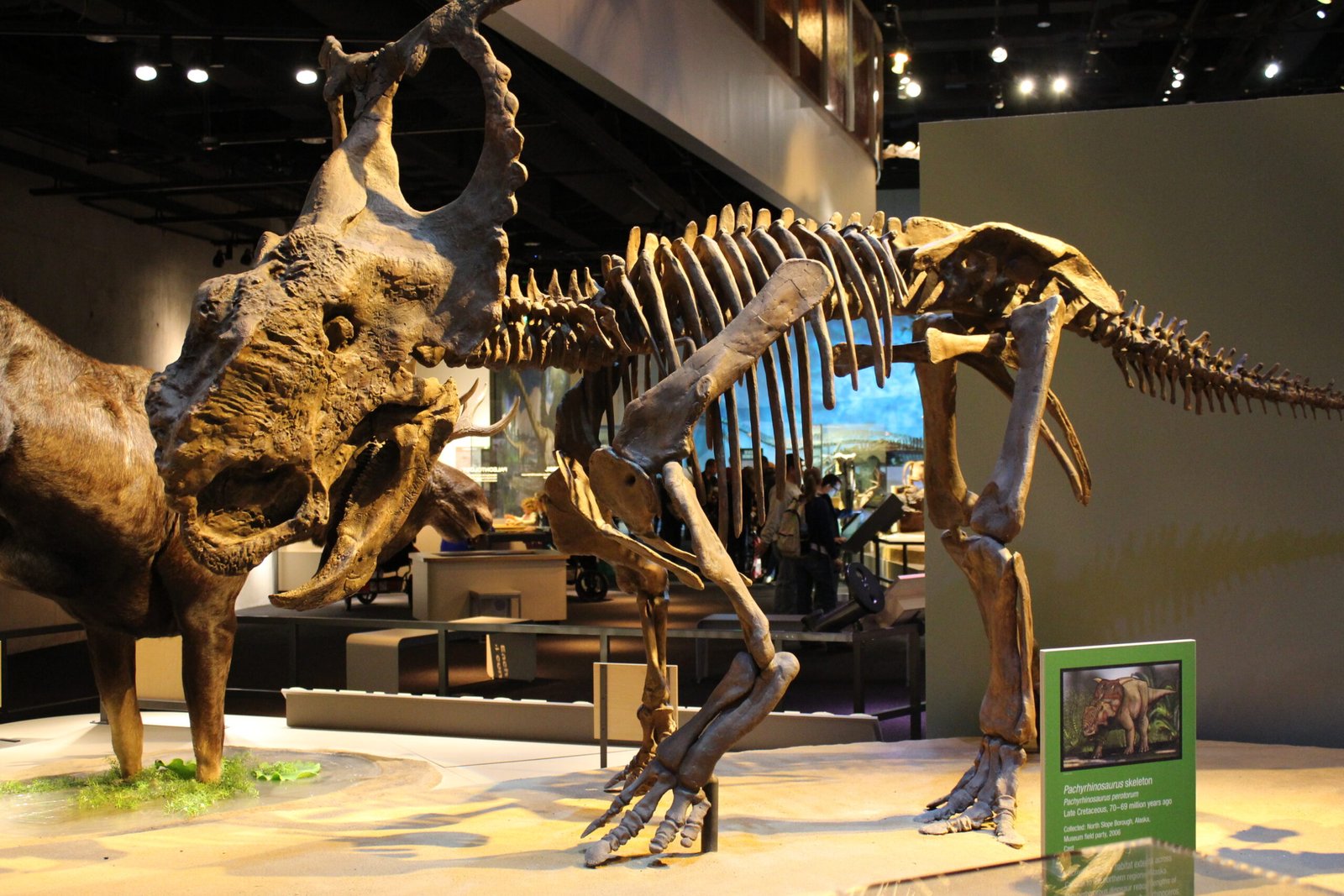
It’s the kind of question that makes you scratch your head. Why settle in such a harsh, frozen land when there were warmer places to call home? Scientists believe Alaska’s dinosaurs were drawn by the lush summer vegetation sprouting during endless daylight. The region turned into a prehistoric salad bar, brimming with ferns and conifers. But to enjoy this bounty, dinosaurs had to endure the bone-chilling winters. Their presence suggests adaptability far beyond what we imagined, painting them not as sluggish, cold-blooded creatures, but as innovative survivors able to tough out the worst conditions.
Fluffy Feathers: Nature’s Arctic Coat
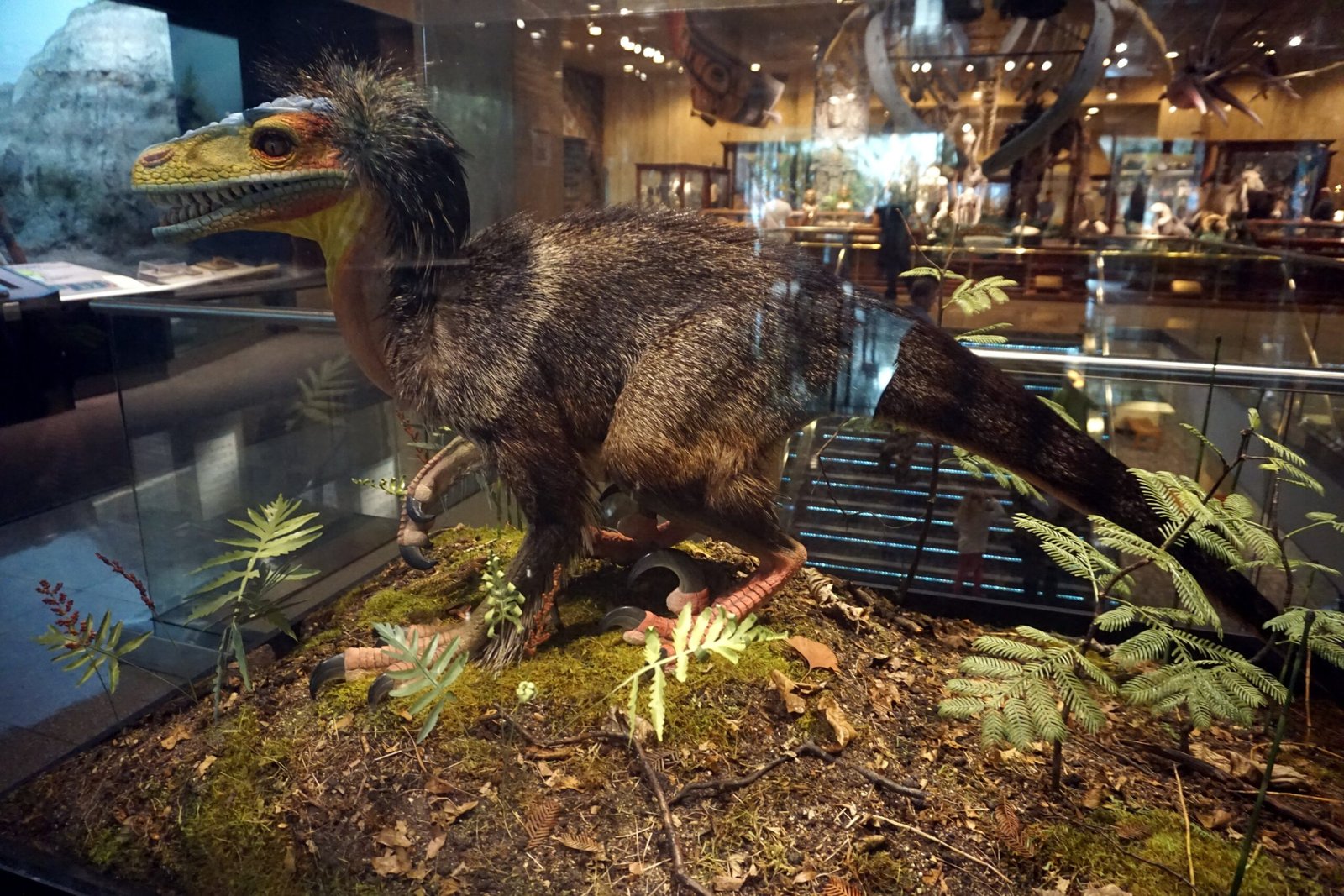
One of the most astonishing discoveries is the likelihood that many of Alaska’s dinosaurs sported feathers. Not the sleek, aerodynamic plumes of a hawk, but soft, fluffy down that trapped heat like the world’s best winter jacket. Fossil impressions and genetic clues from close dino relatives—think birds—support the idea of feathered insulation. Imagine a pint-sized troodon, its fuzzy body shivering against the Arctic wind, looking more like a scrappy chicken than a fearsome predator. Feathers gave these dinosaurs a fighting chance, transforming them into the ultimate cold-weather survivors.
Surviving Months of Darkness
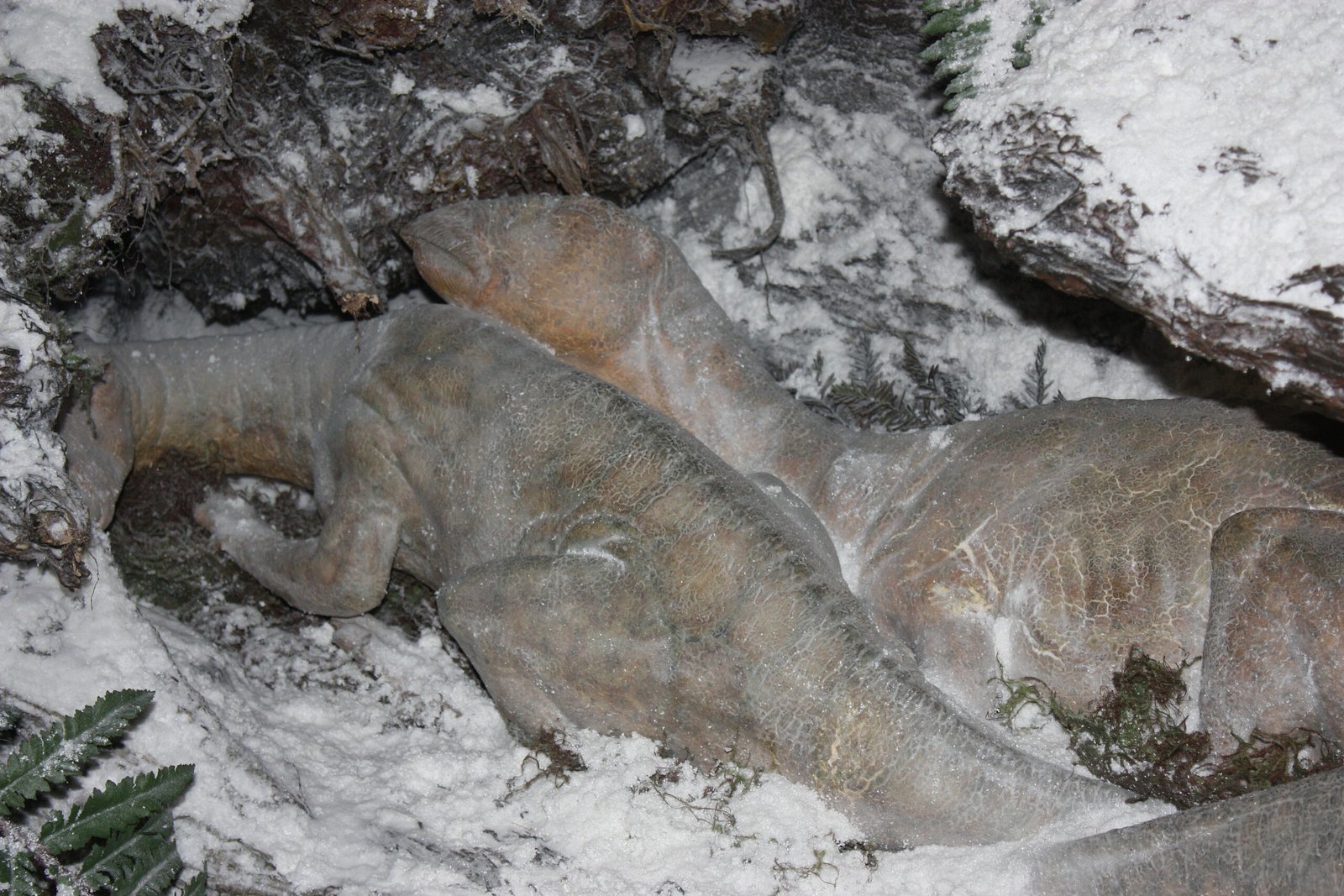
Alaska’s dinosaurs faced not just cold, but relentless darkness. For several months each year, the sun barely peeked over the horizon. Living through this period required more than just warm coats—it called for remarkable behavioral adaptations. Some species might have huddled together for warmth, much like modern penguins. Others could have entered a state similar to hibernation, slowing their metabolism to conserve energy. It’s a chilling thought—literally—that these animals endured months with barely any daylight, relying on clever tricks to survive.
Small Size, Big Advantage
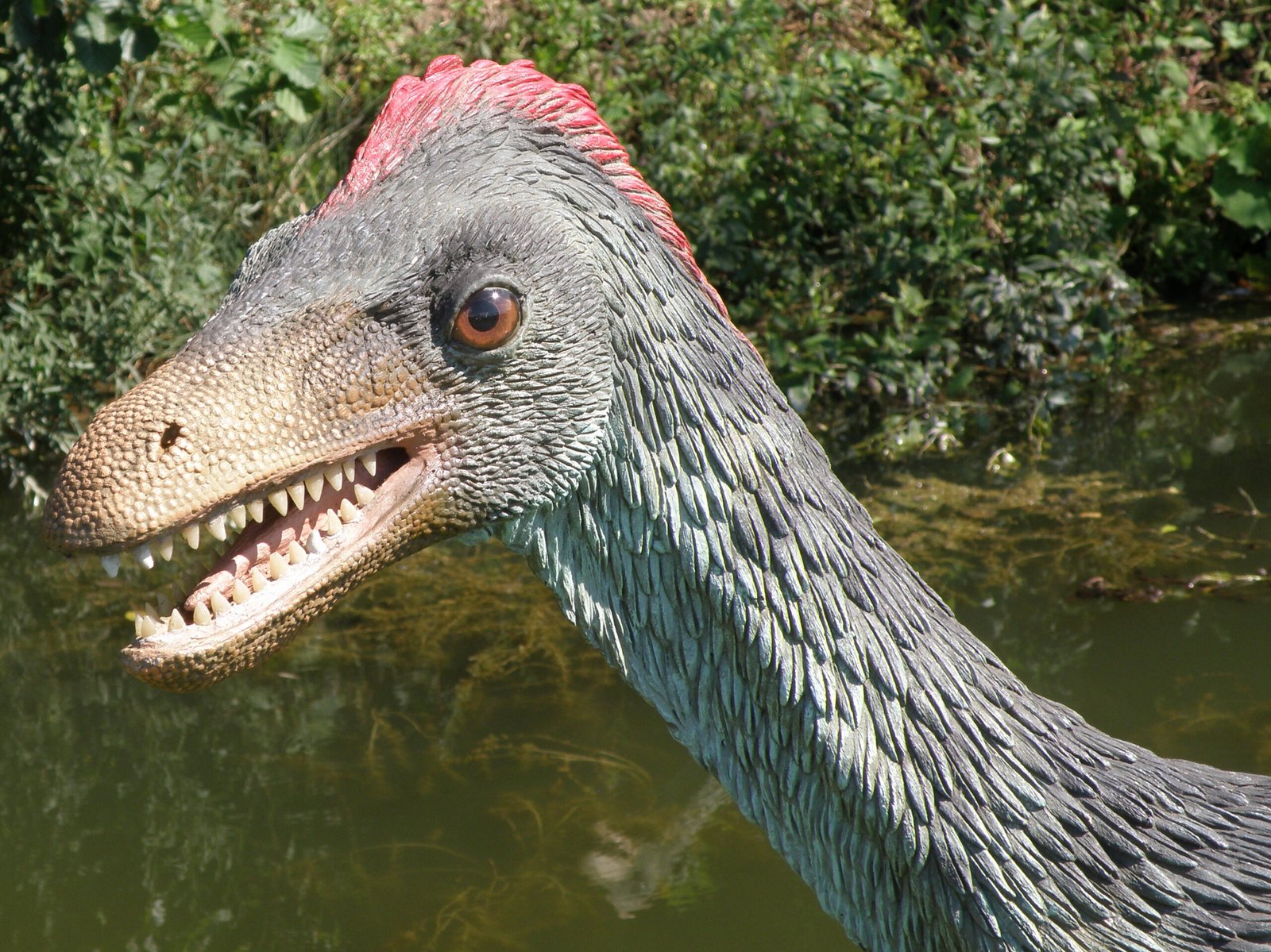
When you think “dinosaur,” you probably picture a towering T. rex, but many Alaska dinosaurs were actually quite small. Troodon, for instance, was about the size of a large turkey, and its petite frame was likely a lifesaver in the Arctic. Smaller animals lose heat faster, but they can also hunker down, find shelter more easily, and survive on less food. Their size may have helped them scavenge in tight spaces and avoid becoming someone else’s dinner. It’s a classic case of “the smaller, the cuter”—and the more likely to survive the freeze.
Eggs in the Snow
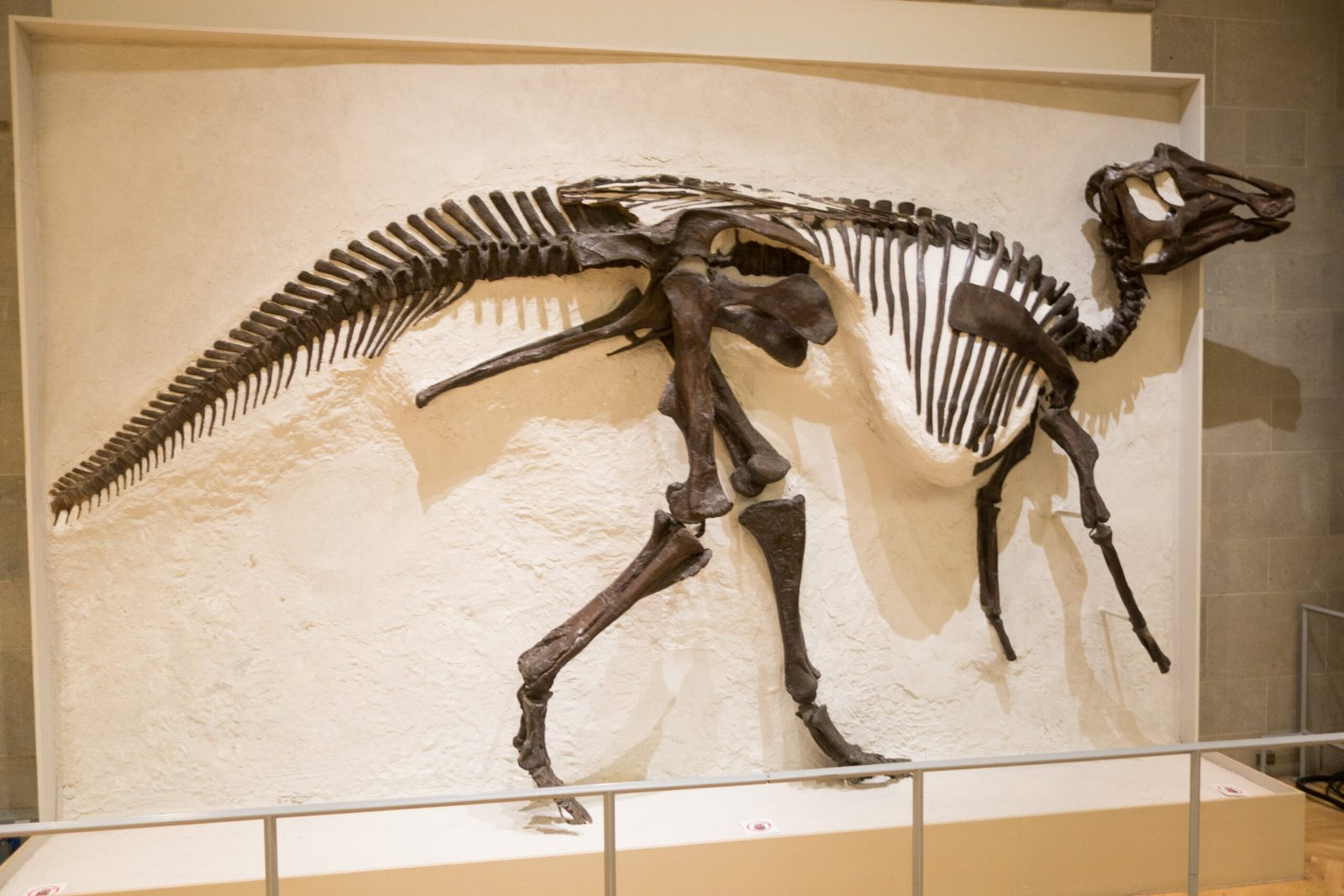
Finding dinosaur eggs in Alaska is like stumbling upon a lost treasure chest. These fragile fossils tell a tale of survival and family in the cold. Some species, like the duck-billed hadrosaurs, built nests and raised their young right in the frozen ground. The eggs were insulated by vegetation and perhaps even the parents’ own bodies, shielded from the biting cold. This nurturing side of dinosaurs adds a whole new layer of charm—it’s almost heartwarming to picture a mother dino fussing over her fluffy offspring as snow drifts down around them.
Cute, But Still Fierce
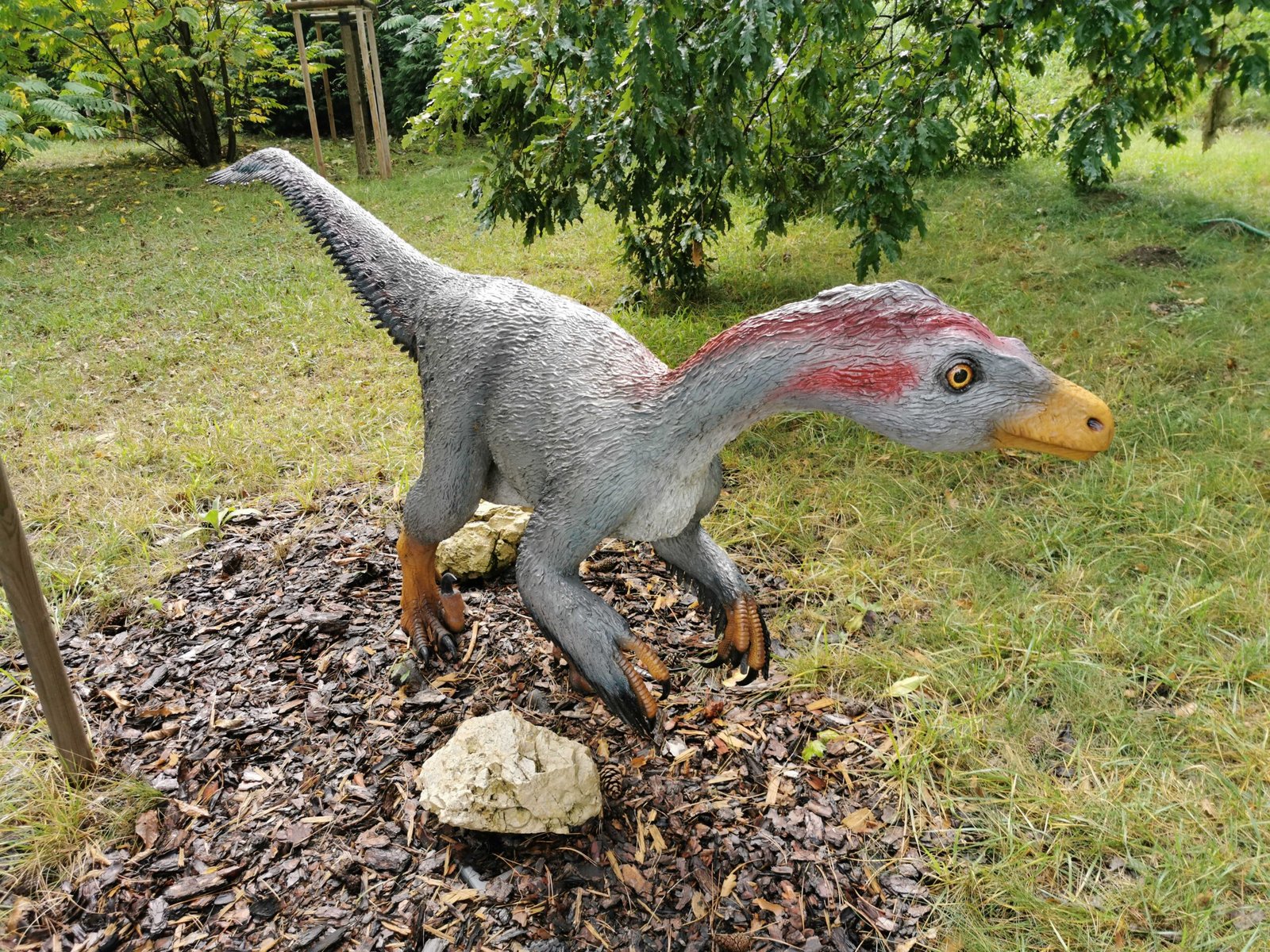
Don’t let the fluff fool you—Alaska’s dinosaurs were no pushovers. Troodon, with its big, alert eyes and feathery coat, was a clever, fast-moving predator. Its appearance may have been adorable, but its hunting skills were razor-sharp. The combination of cuteness and cunning makes these Arctic dinosaurs some of the most fascinating animals to ever roam the Earth. They’re a reminder that “cute” and “dangerous” can go hand in hand, even in the coldest corners of the planet.
Fossils Hidden in Ice and Rock
The search for Alaska’s dinosaurs is a treasure hunt like no other. Fossil hunters brave rugged terrain, unpredictable weather, and even grizzly bears to find bones buried in frozen cliffs. Every discovery feels like unwrapping a prehistoric present. Many fossils are so well-preserved in the cold that they offer rare glimpses into skin texture and feather impressions. These icy relics are rewriting our understanding of dinosaur evolution, showing us just how adaptable—and unexpectedly fluffy—these creatures could be.
The Science Behind the Fluff
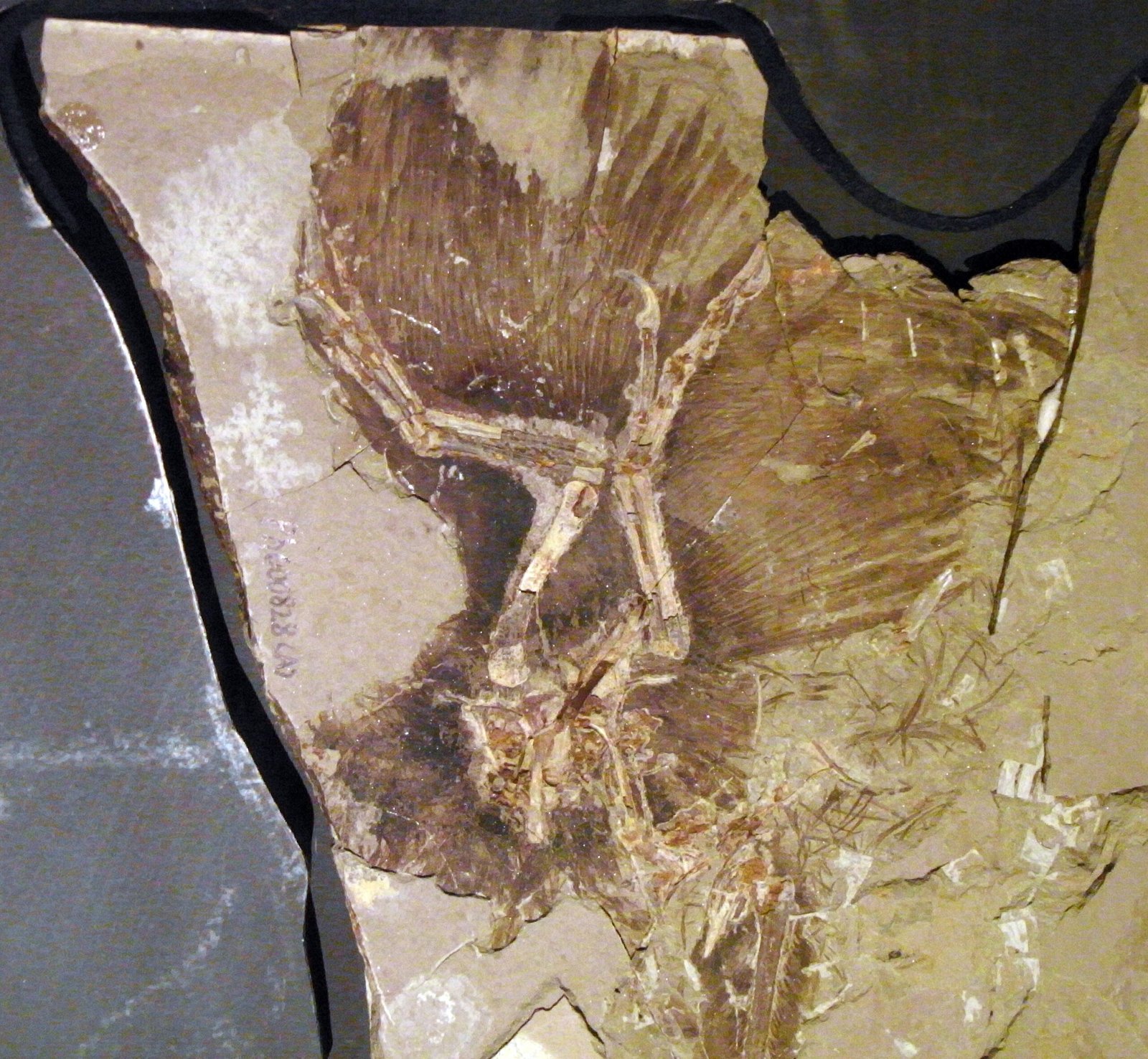
How do we know these dinosaurs were fluffy? It’s not just wishful thinking. Scientists use a combination of fossil evidence, modern genetics, and the study of living birds to draw their conclusions. Some fossils show clear impressions of feather-like structures, while others are compared to close dinosaur relatives that still roam today—birds. DNA studies suggest that the genes for feather growth existed long before the first bird took flight. It’s a scientific detective story, with fluffy feathers as the ultimate clue.
Dinosaurs and Modern Birds: Family Ties
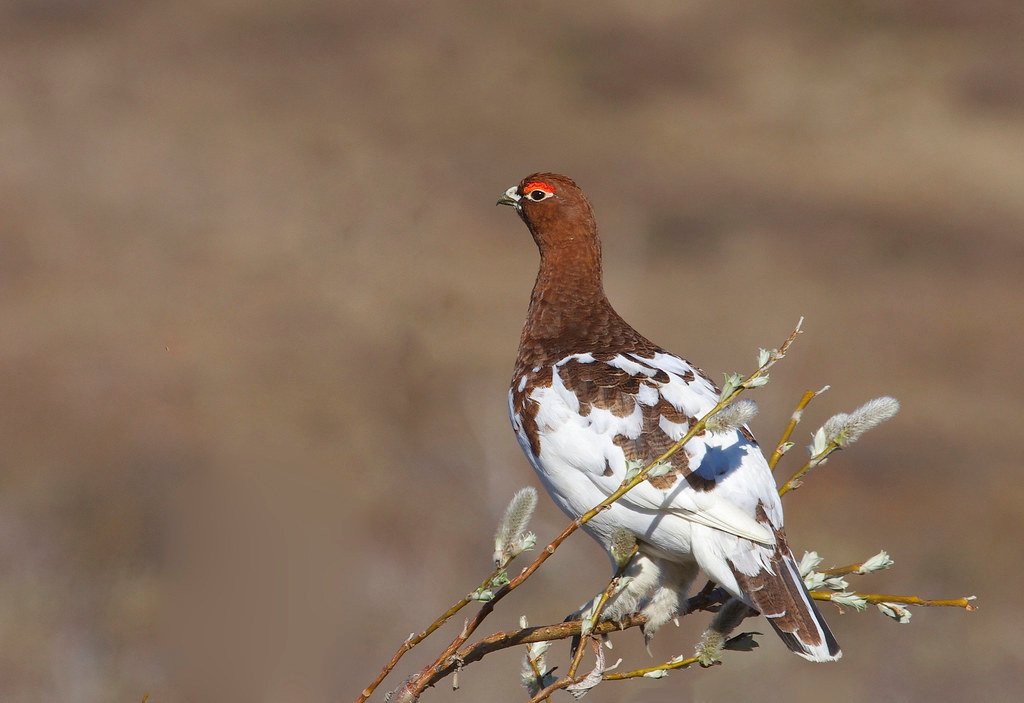
It might surprise you to learn that birds are actually modern dinosaurs. When you watch a chickadee puff up its feathers in the cold, you’re seeing a trick that ancient Alaska dinosaurs likely used, too. The evolutionary connection between birds and dinosaurs runs deep, and the similarities are especially clear in Arctic environments. Fluffy insulation, sharp beaks, and social behaviors all point to a shared family tree. Next time you see a bird in winter, imagine its ancient cousins doing the same in a snowy, prehistoric forest.
Adaptations for Arctic Life
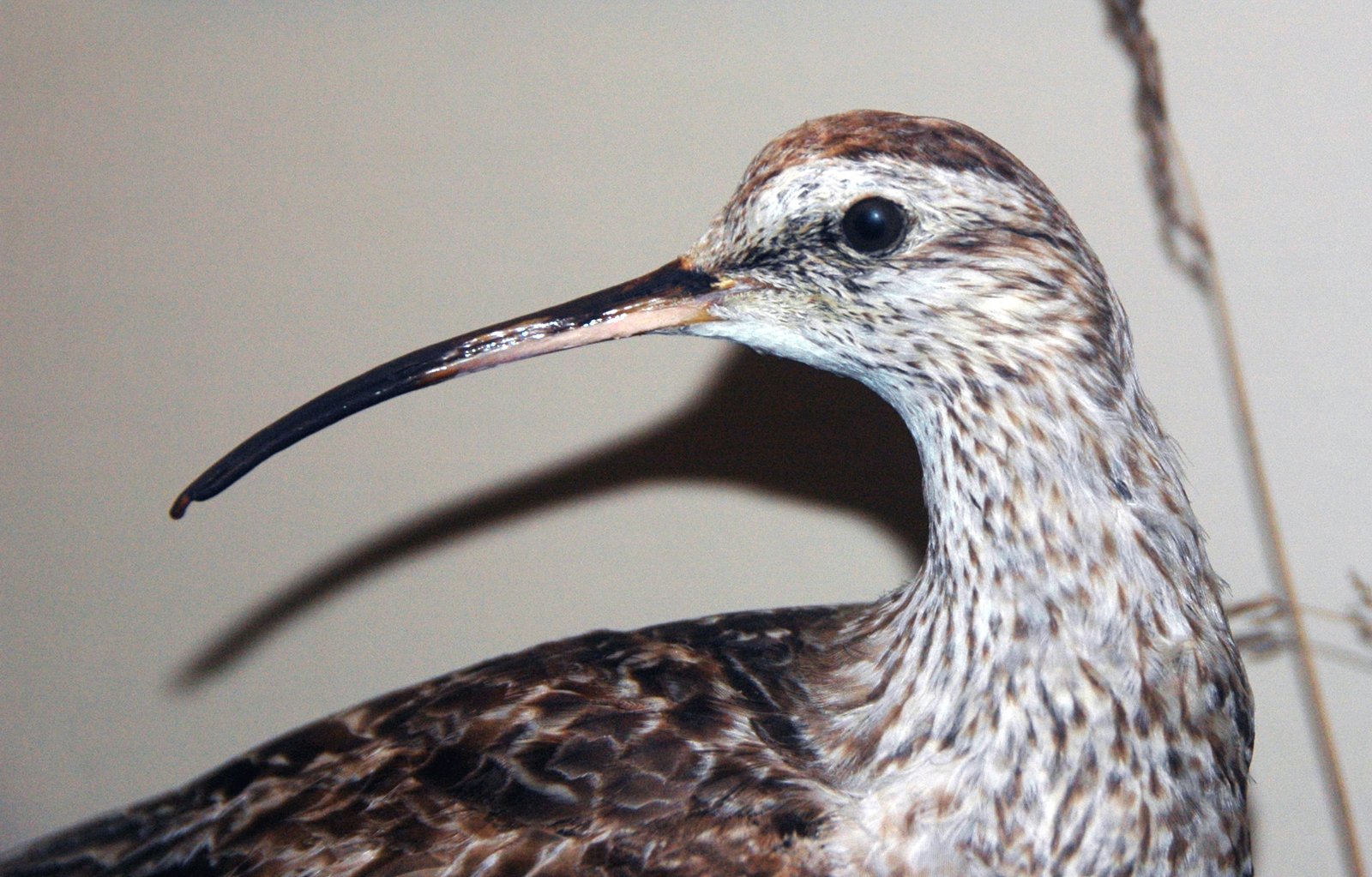
Alaska’s dinosaurs didn’t just grow feathers and hope for the best. They adapted in a dozen ingenious ways. Larger eyes helped them see in the dim winter light, while strong legs allowed them to move quickly over snow and ice. Some may have changed color with the seasons, blending in with snowy landscapes to avoid predators. Their diets shifted as resources changed, and they learned to make the most of every precious calorie. It’s a testament to nature’s creativity in the face of adversity.
The Mystery of Migration—or Not
Did Alaska’s dinosaurs migrate south when winter hit, or did they tough it out year-round? Recent fossil discoveries suggest many species stayed put, braving the darkness instead of fleeing. Growth rings in bones—a bit like tree rings—show patterns of slow and fast growth, indicating they endured the harshest months rather than escaping them. This finding challenges old theories and shows just how hardy these Arctic dinosaurs really were. Staying put in the ice and snow was a gamble, but for some, it paid off.
Prehistoric Playfulness: Social Dinosaurs

There’s evidence that some Alaska dinosaurs lived in groups, sharing warmth and resources. Fossilized trackways show herds moving together, and communal nesting sites hint at a surprisingly social side. Group living could have made life in the Arctic a bit less lonely—and a lot warmer. Imagine a flock of downy dinosaurs, huddling together like a family of penguins during a blizzard. There’s something undeniably endearing about the image, blending survival with a touch of prehistoric charm.
Teeth, Beaks, and Tasty Treats
Survival in Alaska meant being flexible about food. Some dinosaurs had sharp teeth for hunting, while others developed beaks for munching tough Arctic plants. The diversity of diets is astonishing—Troodon may have snacked on insects and small mammals, while duck-billed hadrosaurs grazed on frozen ferns. Their adaptability in finding food, even when the world was locked in ice, shows how resourceful these ancient animals were. It’s a bit like watching a squirrel dig up hidden nuts after a snowstorm—always ready for the next meal.
Alaska’s Dinosaurs in Popular Imagination
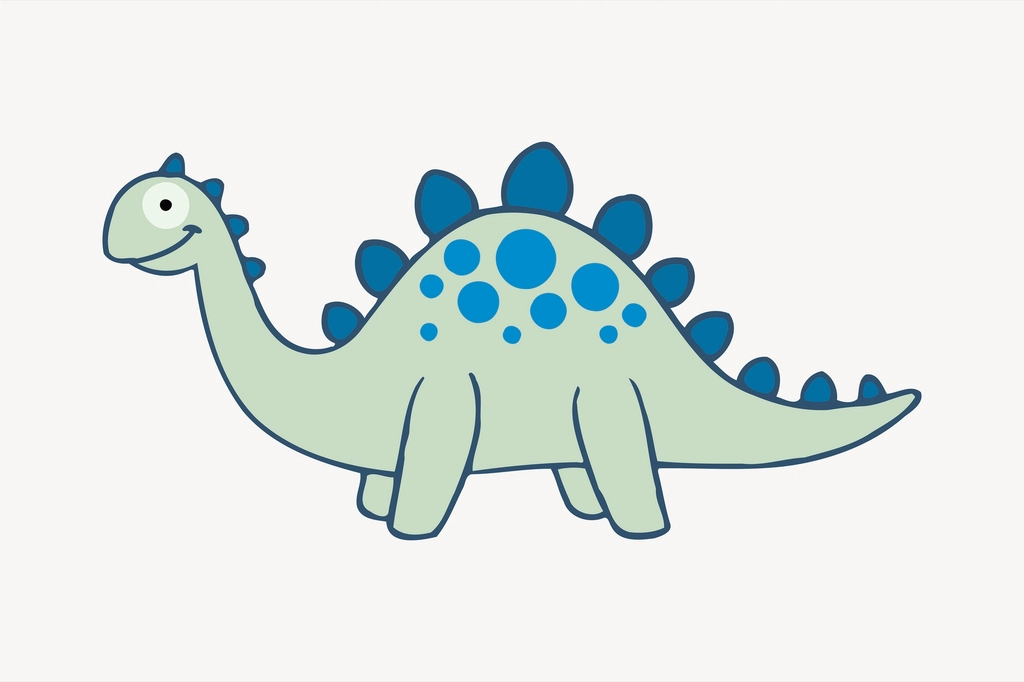
The idea of fluffy, freezing dinosaurs has captured the public’s imagination in recent years. It’s hard not to smile at the thought of a feathered dino braving an Arctic blizzard. Museums and artists have jumped at the chance to recreate these creatures, leading to a wave of adorable dinosaur models and illustrations. Kids (and adults) love these stories, which mix scientific accuracy with a hefty dose of wonder. The image of a “cute” dinosaur is changing how we see the ancient world—and maybe, how we see ourselves.
Climate Change and the Ancient Arctic
The ancient Arctic wasn’t always as cold as it is today, but it cycled through periods of freezing and thawing. Alaska’s dinosaurs had to cope with shifting climates, which sometimes meant adapting quickly or facing extinction. Their story is a powerful reminder of nature’s resilience and the importance of adaptability. As our own world faces environmental changes, the lessons from these Arctic survivors are more relevant than ever. They show us that survival often depends on the ability to change and innovate.
Bringing Ancient Alaska to Life
Modern technology has allowed scientists to reconstruct the world of Alaska’s dinosaurs in stunning detail. CT scans, 3D modeling, and even virtual reality bring these fluffy, freezing creatures back from extinction. Kids can now walk through digital Arctic forests and watch feathered dinosaurs hunt, nest, and play. These immersive experiences make the science real, sparking curiosity and a sense of connection with the distant past. It’s education and entertainment wrapped in one feathery, frosty package.
What Their Story Teaches Us
The tale of Alaska’s dinosaurs is more than just a quirky footnote in the history of life on Earth. It’s a lesson in courage, adaptability, and hope. These creatures remind us that even in the darkest, coldest places, life finds a way to flourish. Their fluffy coats are a symbol of persistence—a lesson that sometimes, the cutest survivors are also the toughest. What do you think—could you have imagined dinosaurs as charming Arctic underdogs?




